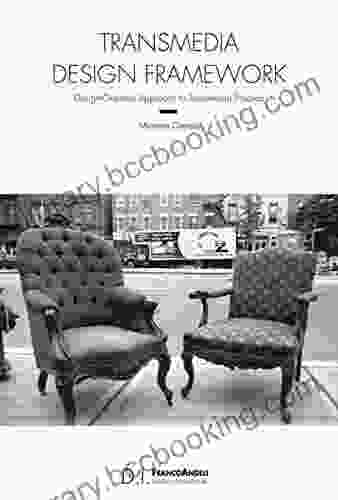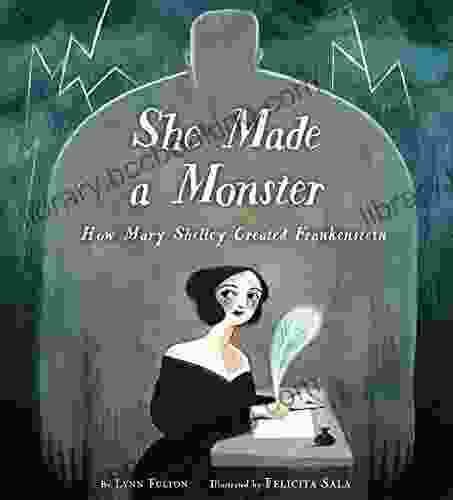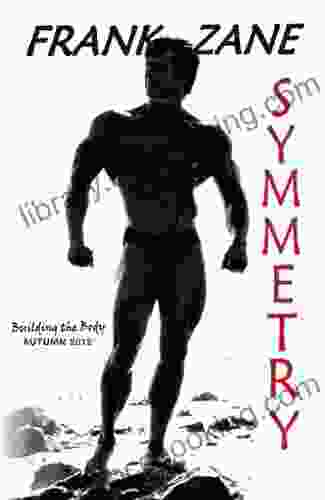Unleash Your Creativity: A Design-Oriented Approach to Transmedia Practice

4.2 out of 5
| Language | : | English |
| File size | : | 2174 KB |
| Text-to-Speech | : | Enabled |
| Screen Reader | : | Supported |
| Enhanced typesetting | : | Enabled |
| Print length | : | 209 pages |
In the ever-evolving landscape of storytelling, transmedia has emerged as a powerful force, offering creators the ability to engage audiences across a multitude of platforms and devices. However, crafting impactful and immersive transmedia experiences requires a strategic approach that seamlessly weaves together different elements of the narrative. This is where the design-oriented approach to transmedia practice comes into play, providing a framework for creators to develop cohesive and captivating stories.
The Importance of a Design-Oriented Approach
A design-oriented approach places emphasis on the visual, auditory, and interactive elements of transmedia storytelling, ensuring that each component contributes to the overall narrative experience. By considering the user's journey through the transmedia universe, creators can craft engaging touchpoints that keep audiences captivated and invested. This approach allows for a deeper level of audience immersion, fostering a sense of connection and emotional resonance.
Key Principles of Design-Oriented Transmedia Practice
- Cohesion and Consistency: Maintaining a consistent visual identity, narrative voice, and overall tone across all platforms ensures a seamless experience for the audience, making it easier for them to follow and engage with the story.
- User-Centric Design: Understanding the target audience and their preferences is crucial. By designing experiences that cater to their interests, creators can increase audience engagement and loyalty.
- Transmedia Storytelling: Expanding the narrative beyond a single platform allows for richer and more immersive storytelling. By exploring different formats and platforms, creators can engage audiences in multiple ways, deepening their connection to the story.
- Interactive Experiences: Empowering audiences to interact with the narrative through interactive elements enhances their engagement and provides a sense of agency. By incorporating interactive components, creators can make the story more personalized and memorable.
- Data-Driven Insights: Analyzing audience data can provide valuable insights into their behavior, preferences, and engagement levels. By monitoring and interpreting this data, creators can make informed decisions to optimize their transmedia experiences.
Practical Implementation of Design-Oriented Transmedia
To effectively implement a design-oriented approach to transmedia practice, consider the following strategies:
- Define a Clear Narrative Vision: Establish a strong foundation for your transmedia project by defining the core narrative, characters, and themes. This will guide you in creating cohesive experiences across all platforms.
- Create a Transmedia Blueprint: Map out the entire transmedia universe, including the platforms, formats, and touchpoints where the story will be told. This will help you visualize the audience's journey and ensure consistency.
- Develop a Strong Visual Identity: Create a distinctive visual style that is recognizable across all platforms. This includes developing a color palette, typography, and imagery that reinforces the narrative and enhances audience engagement.
- Utilize Interactive Elements: Incorporate interactive components such as quizzes, polls, and games to encourage audience participation. By making the story more interactive, you can increase engagement and create a more immersive experience.
- Monitor and Evaluate: Regularly track audience data to measure the effectiveness of your transmedia efforts. Analyze metrics such as engagement rates, time spent on platforms, and audience feedback to identify areas for improvement.
By embracing a design-oriented approach to transmedia practice, creators can craft captivating stories that transcend traditional boundaries and captivate audiences across multiple platforms. This approach empowers creators to engage audiences on a deeper level, fostering a sense of community and shared experience. As the landscape of storytelling continues to evolve, the design-oriented approach will remain a cornerstone for creators seeking to tell unforgettable and immersive stories.
4.2 out of 5
| Language | : | English |
| File size | : | 2174 KB |
| Text-to-Speech | : | Enabled |
| Screen Reader | : | Supported |
| Enhanced typesetting | : | Enabled |
| Print length | : | 209 pages |
Do you want to contribute by writing guest posts on this blog?
Please contact us and send us a resume of previous articles that you have written.
 Book
Book Novel
Novel Page
Page Chapter
Chapter Text
Text Story
Story Genre
Genre Reader
Reader Library
Library Paperback
Paperback E-book
E-book Magazine
Magazine Newspaper
Newspaper Paragraph
Paragraph Sentence
Sentence Bookmark
Bookmark Shelf
Shelf Glossary
Glossary Bibliography
Bibliography Foreword
Foreword Preface
Preface Synopsis
Synopsis Annotation
Annotation Footnote
Footnote Manuscript
Manuscript Scroll
Scroll Codex
Codex Tome
Tome Bestseller
Bestseller Classics
Classics Library card
Library card Narrative
Narrative Biography
Biography Autobiography
Autobiography Memoir
Memoir Reference
Reference Encyclopedia
Encyclopedia Kayla Cottingham
Kayla Cottingham Rick Mcintyre
Rick Mcintyre Tariq Ali
Tariq Ali Stephanie Claytor
Stephanie Claytor Nancy Carpenter
Nancy Carpenter Michele Amitrani
Michele Amitrani Sarah Thompson
Sarah Thompson Leif Holmvall
Leif Holmvall Tallulah Bankhead
Tallulah Bankhead Rob Decina
Rob Decina Michael Sloan
Michael Sloan Lonn Friend
Lonn Friend Natalie N Hooks
Natalie N Hooks Marta Alexander
Marta Alexander William Goldman
William Goldman Steven Hugg
Steven Hugg Manoush Zomorodi
Manoush Zomorodi Michael R Beschloss
Michael R Beschloss Valerie Sherer Mathes
Valerie Sherer Mathes Susan Spicer
Susan Spicer
Light bulbAdvertise smarter! Our strategic ad space ensures maximum exposure. Reserve your spot today!

 Calvin FisherAncient Knowledge in Modern World: Unlocking Hidden Truths for a Meaningful...
Calvin FisherAncient Knowledge in Modern World: Unlocking Hidden Truths for a Meaningful... Italo CalvinoFollow ·17.7k
Italo CalvinoFollow ·17.7k Thomas PowellFollow ·8.7k
Thomas PowellFollow ·8.7k Gene SimmonsFollow ·19.4k
Gene SimmonsFollow ·19.4k Gene PowellFollow ·16k
Gene PowellFollow ·16k Tom HayesFollow ·9.8k
Tom HayesFollow ·9.8k Edward BellFollow ·6.6k
Edward BellFollow ·6.6k Gustavo CoxFollow ·17.4k
Gustavo CoxFollow ·17.4k Sammy PowellFollow ·18.5k
Sammy PowellFollow ·18.5k
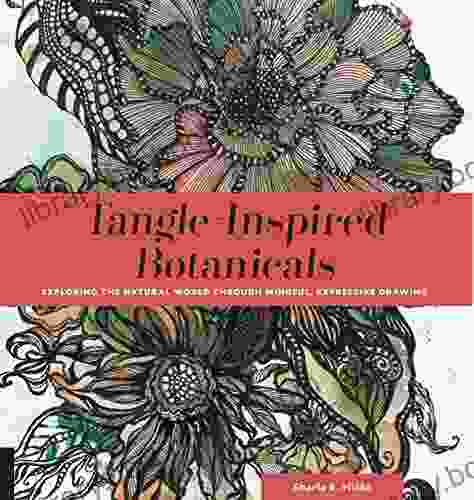
 Brian Bell
Brian BellExploring The Natural World Through Mindful Expressive...
Unleash the...

 David Baldacci
David BaldacciJourney into the Enigmatic World of "Grass" by Sheri S....
Prepare to be captivated by "Grass," a...
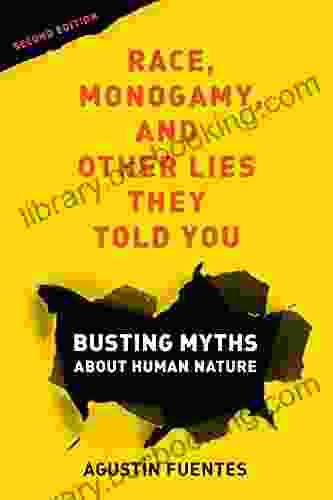
 Dashawn Hayes
Dashawn HayesBusting Myths About Human Nature: Unraveling the Complex...
Challenging the...

 Ernest Hemingway
Ernest HemingwayNotes on Suicide: A Profound Exploration of the...
Suicide, a taboo subject shrouded in...
4.2 out of 5
| Language | : | English |
| File size | : | 2174 KB |
| Text-to-Speech | : | Enabled |
| Screen Reader | : | Supported |
| Enhanced typesetting | : | Enabled |
| Print length | : | 209 pages |


